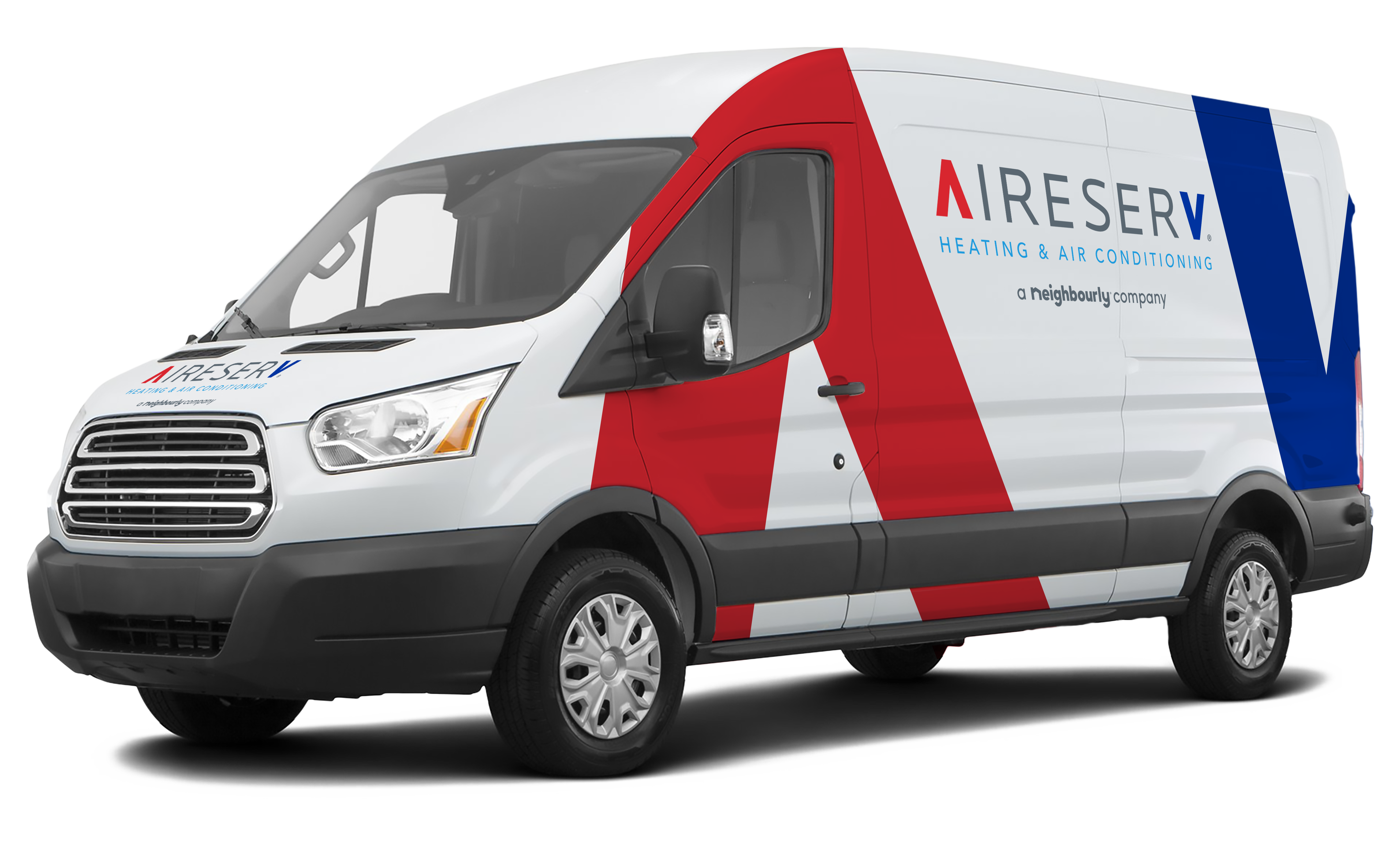Your furnace is a complex machine featuring many critical components that ensure optimal performance and safety. One such device is the furnace pressure switch. Learn more about this important furnace safety feature and what to do if yours acts up.
What is a Furnace Pressure Switch?
A furnace pressure switch is an automatic safety feature located near the motor. It shuts the furnace down if it senses negative pressure created by the draft inducer motor. This protects your home from dangerous backdrafting, which is when exhaust fumes are reintroduced into the system. The pressure switch also guards against gas leaks and prevents the furnace from cycling if there’s a mechanical failure.
Types of Pressure Switches
The design and number of pressure switches your furnace has depends on whether it uses conventional or condensing technology:
- A single-stage conventional furnace has one hose leading from the draft inducer fan to the pressure switch.
- A single-stage condensing furnace has two hoses on the pressure switch, one to sense pressure at the draft inducer and another for sensing venting pressure at the condensate collector box.
- A two-stage furnace may have two pressure switches.
- A modulating furnace may have three pressure switches.
Problems a Furnace Pressure Switch Can Develop
A bad switch, or a tripped switch, is a common cause of furnace malfunctions. Pressure switches may act up for several reasons, including:
- Old age, which can cause inaccurate readings and faulty furnace cycling
- Coated or stiffened pressure switch diaphragm
- Holes, tears, or other damage to the diaphragm
- Dust or dirt buildup that causes the switch to jam
Testing a Furnace Pressure Switch
If the pressure switch is damaged, this could be the reason your furnace is malfunctioning. Here’s how to check for a tripped or failed furnace pressure switch:
- Place an ohmmeter lead on both pressure switch terminals. The reading should be zero or close to zero. A high reading means the pressure switch has failed.
- An alternate method is to read the voltage between each terminal and ground with a volt-meter. The reading should be between 24 and 28 volts DC.
- Check for a clogged hose port or cracked hose running from the draft inducer motor or condensate collector box to the pressure switch. These problems can cause the switch to trip or fail.
Replacing a Furnace Pressure Switch
If you determine the pressure switch is to blame for your furnace troubles, the best option is to replace the damaged device. Here’s how:
- Turn off the furnace and flip the breaker that supplies power to it.
- Remove the combustion chamber cover (usually located on the top half of the unit).
- Disconnect the set of wires connected to the front of the pressure switch.
- Detach one or more vacuum tubes located on the side of the unit.
- Remove the screws mounting the pressure switch to the draft inducer motor and lift the switch out.
- Slide a new switch onto the motor and screw it into place.
- Reconnect the wires and vacuum tubes to the new pressure switch.
- Replace the combustion chamber panel, flip the breaker back on, and set the thermostat to call for heat. If all goes well, the furnace should operate without a hitch.
When to Call Aire Serv® for Help
If you don’t feel comfortable replacing the pressure switch, or the furnace still gives you trouble after making this repair, it’s time to call the Heating and cooling professionals at Aire Serv. We’ll make sure the pressure switch isn’t being triggered and troubleshoot other parts of your furnace to ensure safe, efficient operation for the remainder of winter.

